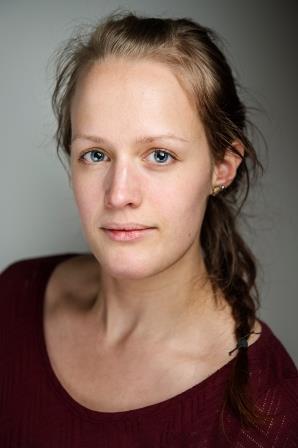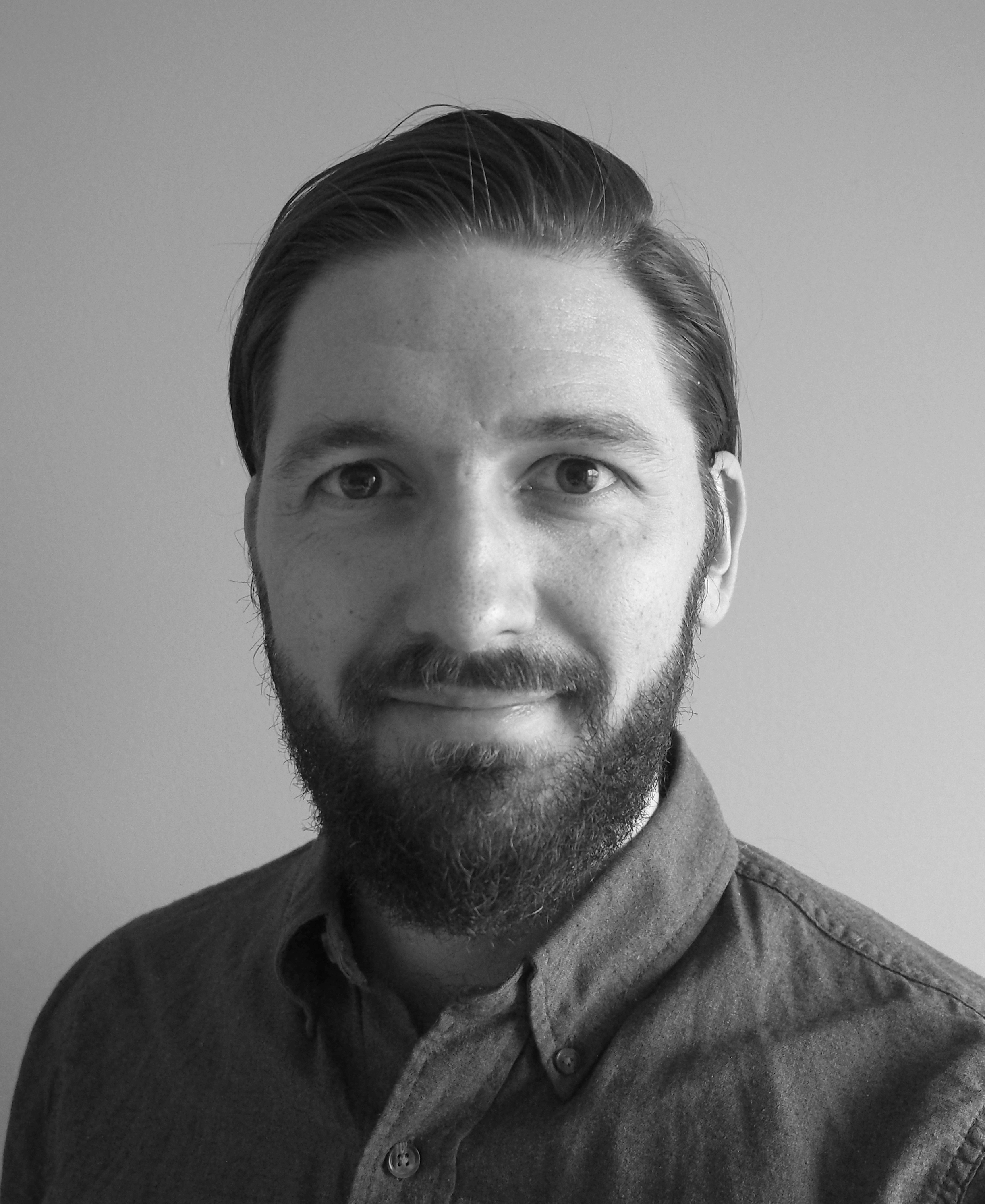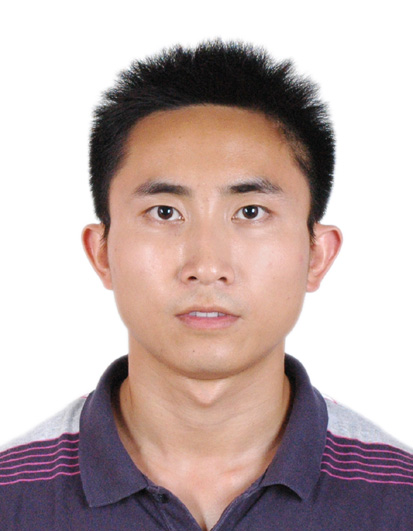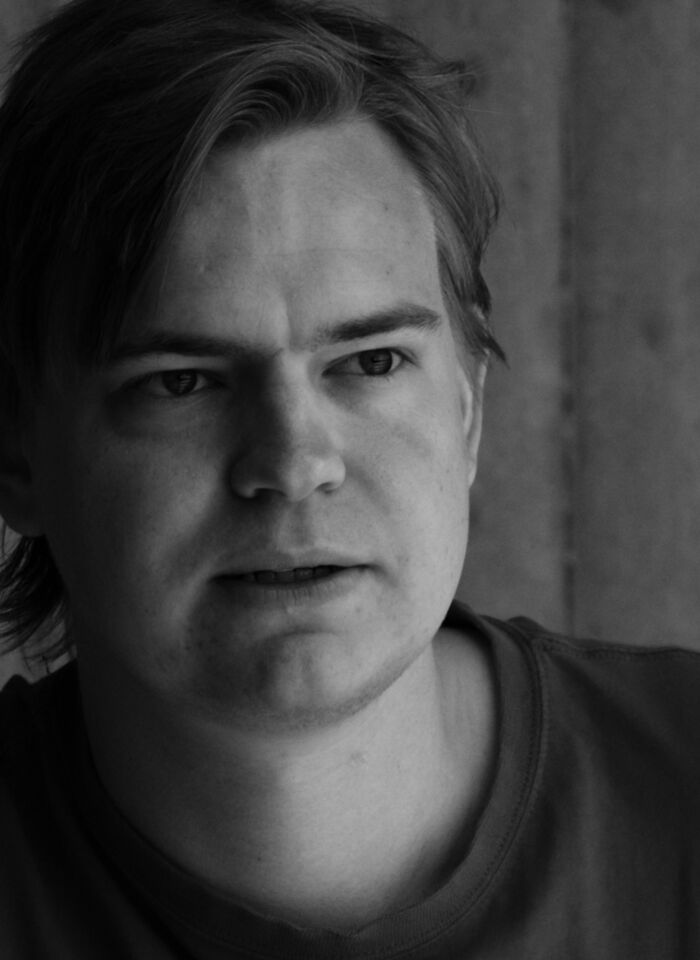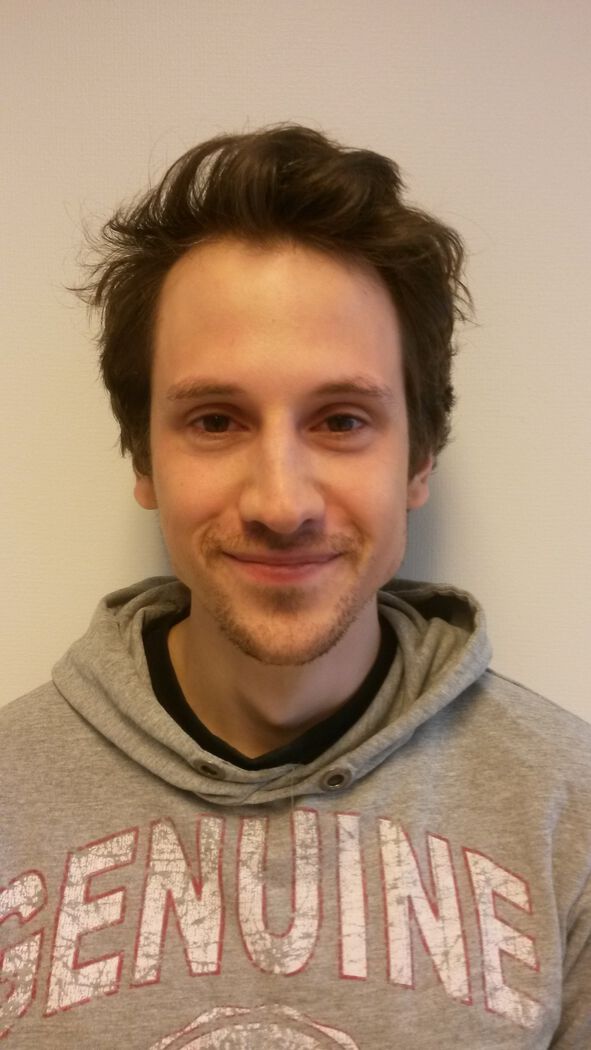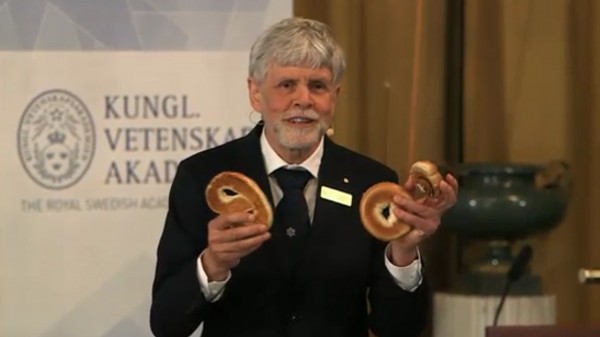Events - Page 25
Tom Theuns, Durham University
Gas in between galaxies produces a forest of absorption lines in the spectra of bright objects such as distant quasars. This "Lyman-alpha forest" arises due to absorption by a sprinkling of neutral hydrogen in the otherwise highly ionised intergalactic gas, with many lines forming in mildly over dense, or indeed under dense intervening structures. These modest fluctuations can be simulated quite accurately, and comparing mock spectra to the exquisitely high resolution and high signal-to-noise observed spectra allows tight constraints on the nature of the absorbers.
In this talk, I will concentrate on what such as comparison tells up about the temperature and ionisation state of the gas, and explain how these measurements can also put tight constraints on any free streaming due to warm dark matter.
(The slides will be available here)
Master of Science Anne Schad Bergsaker at Department of Physics will be defending the thesis "An experimental study of deformation processes in chalk and calcite" for the degree of PhD
Doctoral candidate master of Science Anne Schad Bergsaker at Department of Physics will give a trial lecture on the given topic: Compaction in carbonate reservoirs- experiences and Challenges regarding oil recovery.
Master of Science Sunniva Rose at Department of Physics will be defending the thesis Aspects of the Thorium fuel cycle for the degree of Philosophiae doctor.
Doctoral candidate Master of Science Sunniva Rose at Department of Physics will give a trial lecture on the given topic: "Cosmic fission: the synthesis of the heavy elements and the role of fission."
Aurel Schneider, ETH Zürich
Observations of small and intermediate cosmological scales provide an active frontier for dark matter (DM) research. I will talk about how DM scenarios affect structure formation, leading to potentially observable signals in current and future galaxy surveys.
(The slides will be available here)
Master in Physics Endre Grøvik at Department of Physics will be defending the thesis Multimodal Dynamic MRI for Structural and Functional Assessment of Cancer for the degree of Philosophiae doctor.
Doctoral candidate Master in Physics Endre Grøvik at Department of Physics will give a trial lecture on the given topic: "Safety of MRI contrast agents."
Aritra Gupta, HCRI, Allahabad
The most widely studied scenario in dark matter phenomenology is the thermal WIMP (Weakly Interacting Massive Particle) scenario. Inspite of numerous efforts to detect WIMP, till now we have no direct evidence for it. A possible explanation for this non-observation of dark matter could be because of its very feeble interaction strength and hence, failing to thermalise with the rest of the cosmic soup. In other words, the dark matter might be of non-thermal origin where the relic density is obtained by the so called freeze-in mechanism. Furthermore, if this non-thermal dark matter is itself produced substantially from the decay of another non-thermal mother particle, then their distribution function may differ in both size and shape from the usual equilibrium distribution. In this talk I will discuss about such a non-thermal (fermionic) dark matter scenario in the light of a new type of U(1)B-L model. The model is interesting, since, besides being anomaly free, it can give rise to neutrino mass by Type II see-saw mechanism. Moreover, we will see, that it can accommodate a non-thermal fermionic dark matter as well. Starting from the collision terms, ...(cont. below)
(The slides will be available here)
Yoann Génolini, LAPTH Annecy
Recent experiments (notably PAMELA and, more recently, AMS-02) are ushering us into a new era of measurements of cosmic-ray fluxes with greatly reduced statistical uncertainties. These high precision measurements offer new opportunities for a number of astroparticle problems, such as indirect dark matter searches. In particular, astrophysical anti-particle fluxes are thought to be produced only by collisions of cosmic rays on the interstellar medium, and their relatively low flux makes them a channel of choice to look for rare processes. Nonetheless, the prediction of these expected backgrounds relies on a precise modeling of the cosmic ray propagation and interaction in the Galaxy, usually constrained by « secondary over primary » ratios. I will show that the predictions for the most widely used among these probes, the boron-to-carbon ratio (B/C), strongly depends on underlying assumptions. Under some simplified hypotheses on the propagation scenario, I will present two of our studies reevaluating anti-protons and positrons fluxes in the light of new AMS02 data, and discuss the implications for dark matter. (continued below)
(The slides will be available here)
Master in Optics Xiangcai Chen at Department of Physics will be defending the thesis A study of dayside open/closed field line boundary dynamics using simultaneous ground-based optical and HF radar observations for the degree of Philosophiae Doctor (PhD)
Doctoral candidate Master in Optics Xiangcai at Department of Physics will give a trial lecture on the given topic: "Challenges in radio wave communication and navigation at auroral latitudes"
Jens Chluba, University of Manchester
Since the measurements with COBE/FIRAS in the mid-90's we know that the CMB spectrum is extremely close to a perfect blackbody. There are, however, a number of processes in the early Universe that should create spectral distortions at a level within reach of present day technology. I will give an overview of recent theoretical and experimental developments, explaining why future measurements of the CMB spectrum will open up an unexplored new window to early-universe and particle physics, with possible non-standard surprises and several guaranteed signals awaiting us. I will highlight the complementarity of the distortion signals and the CMB anisotropies, illustrating how future distortions measurements could shed new light on different inflation models.
(The slides will be available here)
Master in Physics Alexander Hupfer at Department of Physics will be defending the thesis Hydrogen related point-defects in mono-crystalline zinc oxide for the degree of Philisophiae Doctor.
Doctoral candidate Master in Physics Alexander Hupfer at Department of Physics will give a trial lecture on the given topic: Solid state lightning
Jan Olav Eeg, FI
The existence of an electric dipole moment (EDM) of an elementary particle is a quantity which violates time reversal (T-) symmetry. Trusting the CPT-symmetry valid in all local quantum field theories, EDMs are also CP-violating quantities. Therefore studies of EDMs give important information on the matter anti-matter asymmetry in the universe. Within the Standard Model (SM) of particle physics, EDMs are small and given by (higher) loop effects and through the Cabibbi-Kobayashi-Maskawa (CKM) CP-violating phase. Experimentally only bounds on electron, muon, proton and neutron EDMs are determined. Theories beyond the SM typically contain more sources of CP-violation than the SM. Therefore calculations of EDMs within such theories will put bounds on the parameters of such (hypothetical) theories. [continued below]
(The slides will be available here)
Master of Science Jørgen Høgberget at Department of Physics will be defending the thesis Microscopic Modeling of Confined Crystal Surfaces: Growth, dissolution, and equilibrium for the degree of the Degree of Philosophiae Doctor
Doctoral candidate Master of Science Jørgen Høgberget at Department of Physics will give a trial lecture on the given topic: "Numerical investigations of percolation problems"
Farinaldo Queiroz, MPI Heidelberg
We review the searches for dark matter namely, direct, indirect and collider, emphasizing the importance of complementary strategies and discuss how one can eventually unveil the nature of dark matter.
(The slides will be available here)
Alessandro Cuoco, RWTH Aachen
I will discuss the implication for dark matter (DM) indirect searches of the recent precise measurements of cosmic-ray (CR) antiprotons from AMS-02. With respect to previous works we use a new updated CR propagation model consistent with the AMS-02 data. Furthermore, we fit at the same time, in a self-consistent way, both DM and the propagation parameters. We find a significant (4.5 sigma) indication of a DM signal for DM masses near 80 GeV, which, interestingly, is also compatible with the similar excess present in the Galactic center in gamma rays. Possible systematic effects will be also discussed. In terms of DM exclusion limits, we find stringent constraints a factor of 4-5 stronger than limits from gamma-ray observations of dwarf galaxies.
(The slides will be available here)
Speaker: Vadim Makarov. Institute for Quantum Computing, University of Waterloo, Canada.
Julia Harz, UPMC Paris
To achieve a more precise prediction of the supersymmetric dark matter relic density, we have calculated next-to-leading order SUSY-QCD corrections to neutralino (co)annihilation processes including Coulomb enhancement effects. We demonstrate that these corrections can have significant impact on the prediction of the dark matter relic abundance and are thus of general interest for parameter studies. For particle physics observables at colliders, it has been common practice for many decades to estimate the theoretical uncertainty by studying the variation of the predicted cross sections with a priori unpredictable scales. In astroparticle physics, this has so far not been possible, since most of the observables were calculated at Born level only, so that the renormalization scheme and scale dependence could not be studied in a meaningful way. We will present the first quantitative study of the theoretical uncertainty of the neutralino dark matter relic density from scheme and scale variations.
(The slides will be available here)
Marit Sandstad, NORDITA Stockholm
The idea that black holes of a wide range of masses could form from highly overdense regions in the very early universe has been around since the early seventies, when it prompted Steven Hawking to derive the theory of Hawking radiation. Since then, no primordial black holes have been seen, but as more accurate observations of the universe and our surrounding galaxies have been made they have been suggested as possible culprits for unexplained cosmic rays, the supermassive black holes in the centres of galaxies or the entirety of dark matter. However, as the unexplained cosmic rays turned out to be non-detections, so far all we have got at present are constraints on their abundance from various observations across nearly all possible scales. However, having only constraints might not be entirely a disadvantage. If the mechanisms proposed for the formation of primordial black holes is correct, their non-existence implies that the primordial power spectrum from inflation cannot have been too large. This is very interesting as... [abstract continued below]
(The slides will be available here)
Jeriek Van den Abeele, FI
Given that physical problems rarely have exact solutions, the importance of perturbation theory can hardly be overstated. Yet often, a closer look reveals that it is divergent and ill-defined! Non-perturbative effects, ubiquitous in nature and quantum theories, have to be accounted for explicitly in attempts to make sense of perturbation theory. The perspective of the resurgence framework leads to new ways of understanding perturbative expansions and reveals surprising connections to non-perturbative physics. In this talk, I will illustrate how resurgence manifests itself in the quantum mechanical context of a cosine potential, emphasising the importance of quantum tunnelling for its energy spectrum and highlighting how non-perturbative contributions are intricately encoded in perturbation theory.
(The slides will be available here)
